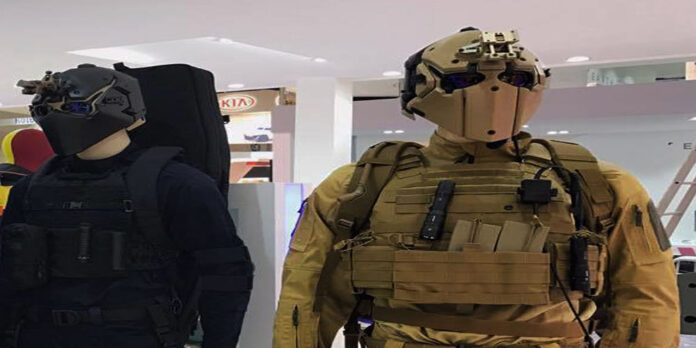To avoid neck and head injuries, infantry troops, members of Special Forces, SWAT teams, and other military and law enforcement professionals wear helmets. Typically, they are rated to offer specific degrees of protection against impact, shrapnel, and small weapons fire.
The U.S. Army’s first infantry helmet that completely shields a soldier’s head is the Integrated Head Protection System. The IHPS has standard cranial protection, a mandible, visor, night vision goggle attachment mechanism, rails, and a modular ballistic applique in addition to these additional features.
Full-face helmets make breathing and communicating difficult and limit visibility. They are also uncomfortable to wear. The wide selection of full face military helmet that is offered on the website is built of hardy materials that provide increased durability and sustainability against all kinds of harsh and arbitrary uses.
Key points about Full Face military helmets
- Modern full face military helmet are frequently constructed from strong, lightweight polymers and composite materials like Kevlar and polyethylene, and certain designs may provide positive buoyancy while the wearer is submerged in water.
- In addition to having an adjustable chin strap that allows for a secure fit to the wearer’s head, they will be lined with foam for increased shock absorption.
- Combat helmet designs may be made to be compatible with other headgear, like headphones and goggles.
- Some helmets come with cloth covers that may be customized with specific camouflage patterns and Velcro patches that can be used to attach insignia and flags.
Materials of Military helmets:
High-strength, high-modulus, and high-ballistic-resistance materials are necessary for full face military helmet to protect wearers’ heads from explosives and fast-moving projectiles. The development of combat helmets entered a new phase with the advent of aramid fibers in the late 1960s.
Ballistic performance of military helmets:
Both the material characteristics and processing technology affect how well a helmet performs. Since many years ago, changes in materials and manufacturing techniques have made military helmets better, and contemporary ballistic helmets can defend against both ballistic and blunt assaults.
Head injury:
Physical loadings that are greater than what the skull tissues can tolerate without causing morphological or physiological change result in head injuries. Scalp lacerations, skull fractures, focal brain injuries, and diffuse brain injuries are among the most common head injuries brought on by direct head contact or head movements.
Ballistic impact mechanisms:
The primary purpose of a military or combat helmet is to shield the wearer from shrapnel and projectiles traveling at high speeds. Therefore, high energy absorption and high-impact resistance materials are crucial for head protection in helmets.
For the next generation of military helmets to successfully integrate cutting-edge materials, design methodologies, and manufacturing technologies, it is crucial to comprehend the processes of ballistic impacts.
Concluding words
From this present article, you will have a detailed idea about full-face military helmets. A military helmet’s main purpose is to protect a soldier’s head from projectiles and other types of impact dangers. Hope you find this article interesting and please let us know how you found this article.










